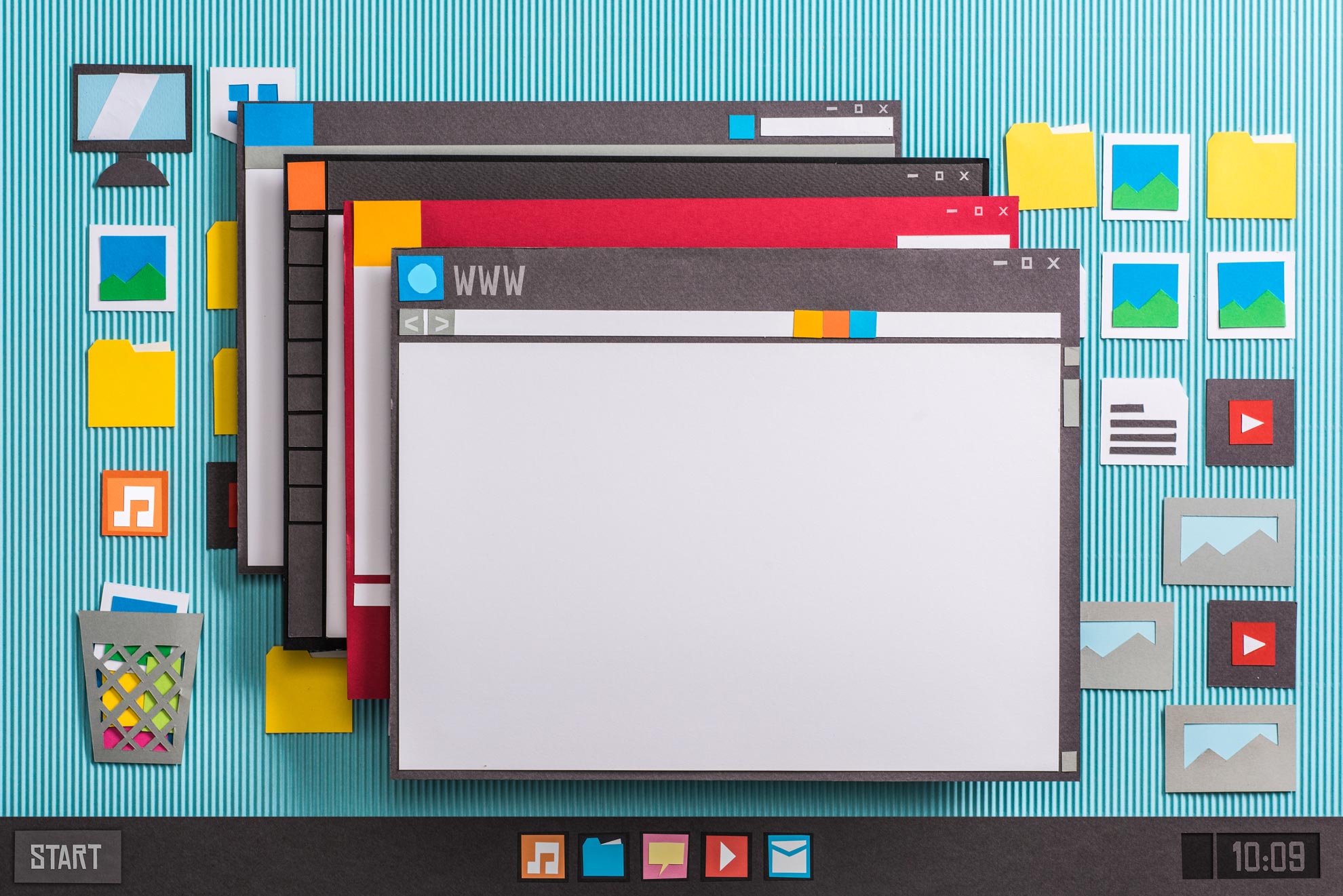Chrome, Safari, Firefox: Which browser rules them all?

Whatever device and operating system you’re using, it will come with a default web browser. But we aren’t totally locked-in to the pre-installed browser option. You can download any number of browsers for your PC, Mac, laptop, tablet or phone and find the one the works best for you. We take a look at three of the biggest-name browsers and what they offer.
Chrome
Chrome is by far the most popular browser in the world, and there are good reasons for that beyond their marketing. If you use other Google services like mail and drive, the integration between everything in your Google Account is impressive. As the most popular browser there is an incentive for developers to focus on Chrome, which means there are a whole host of add-ons and extensions available. The user experience is customisable and can be as pared-down or as feature-packed as you like. Chrome also offers mobile browser apps for every major platform. This can be an advantage in terms of keeping your data in sync across your different devices. If you sign in to your Google account using Chrome on your iPhone, for instance, all the bookmarks, data and preferences you’re used to seeing on your desktop will be there. Although other browsers are taking on Chrome for speed, it remains a fast enough option for most people.
Safari
The first thing to say about Safari is that availability is pretty limited outside of the Apple products environment. It’s the default browser for Mac users and for everyone with an iPhone, but it’s no longer updated on Windows and there are no plans to make it available for other operating systems. That being said, it’s still very widely used and a firm favourite with many Apple users. One of the things Safari devotees like is the uncluttered design. The minimal top bar keeps navigating easy while cutting out unwanted features and buttons, allowing more space for the webpage itself. Apple have claimed that Safari is the fastest desktop browser, and tests carried out by macworld.com seem to confirm it’s the fastest option for Mac users, although there isn’t much in it. It’s also resource-friendly, meaning the stripped-down interface doesn’t use up a lot of your machine’s processing capacity. On the down side, that minimalist design is pretty much set in stone. There are fewer options for applying different themes and customising the browser. There are also fewer extensions available for Safari than for Chrome or Firefox.
Firefox
Firefox Quantum was the biggest update to the browser in 13 years and it made some real strides towards distinguishing itself as an attractive alternative to Chrome. There was a lot of excitement around this update, which achieved similar speeds to Chrome and the addition of some interesting new features. It’s a cleaner, more modern browser than the Firefox of old. Some commentators have stated that it’s better at reliably remembering passwords and login details (although there are always security implications to be aware of when saving sensitive information like this). One aspect Firefox fans like is the privacy policies. Mozilla is non-profit, so presumably don’t have the same interest as some other companies in selling user data to third parties. There is a good range of plug-ins and extensions, although not as broad a choice as for Chrome. Their mobile app has also been given the Quantum update treatment to make it quicker and more streamlined. This also syncs your data between devices, but functions like managing your settings across devices is perhaps not quite as seamless as Chrome.
There are potential benefits and drawbacks to any browser which, by and large, come down to personal preferences. You might, for instance, love being able to move between devices with the same browser and see the same things on both, or you might want to separate your desktop browsing experience from the way you use the internet differently when you’re on the go. Ultimately, the best browser for you is likely to be the one you’re most comfortable with and that feels most intuitive for your needs. There’s nothing to stop you test-driving a few options, or from using different browsers on different devices if the way you use them makes a different browser a better fit.
